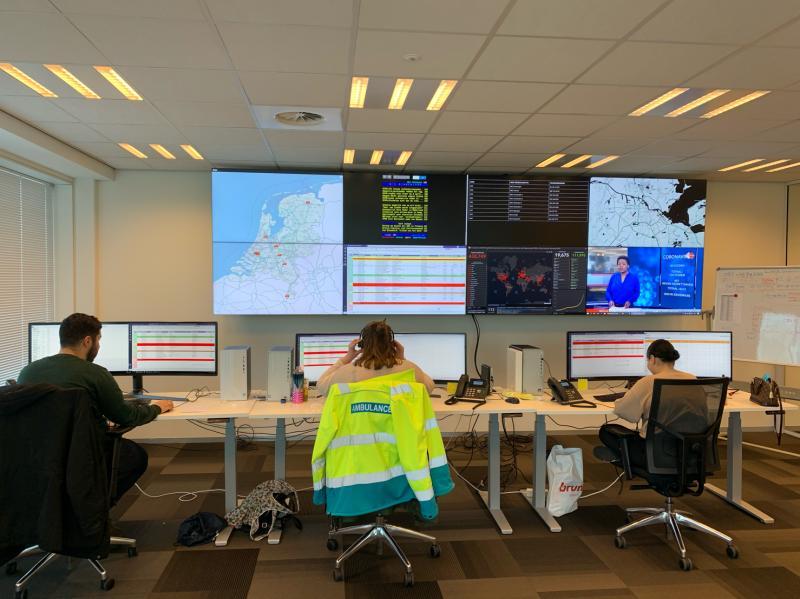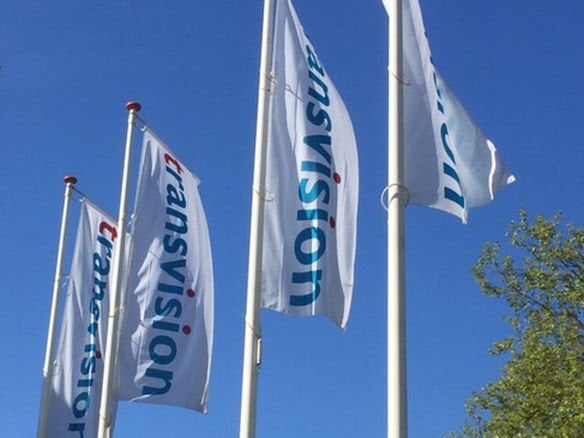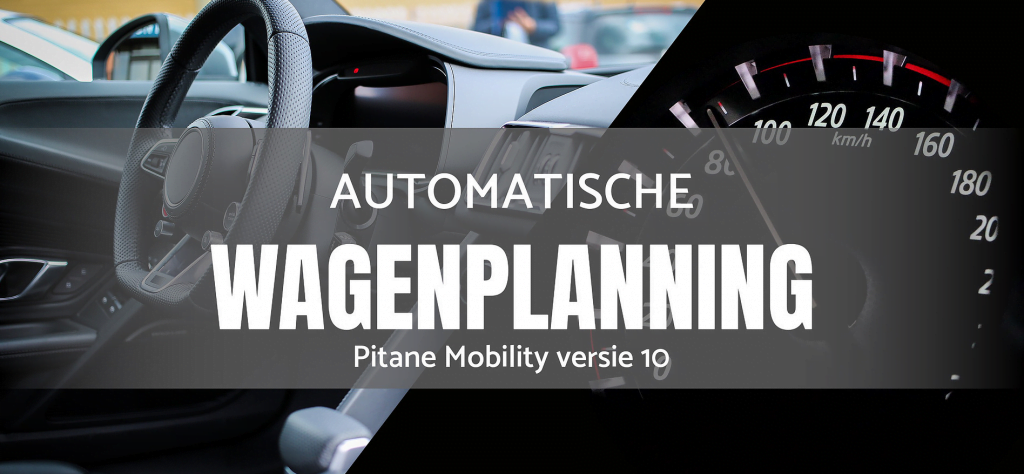The coronavirus affects us all. Because of the outbreak, we are living in a turbulent time and things that are taken for granted are suddenly no longer as normal. This uncertain time requires us to deal creatively with the circumstances. transvision realizes more than ever how important it is that they can contribute with their expertise.
That is why they provide, in collaboration with Trevvel, the Dutch Association for Intensive Care (NVIC) On MICU Southwest Netherlands, the 24/7 planning and monitoring of the transport of ICU patients. This is done using the MICUs (Mobile Intensive Care Units) available in the Netherlands.
This is a specially adapted ambulance, equipped with the necessary IC equipment, an intensive care doctor, an intensive care nurse and an ambulance driver. From the coordination center, they can make optimal use of the available MICUs, spread throughout the Netherlands.
collaborative expertise in control room MICU
“Together with colleagues, fellow companies, hospitals and various government agencies, we are involved in supporting medical institutions in the Netherlands with regard to the distribution of IC patients in and around NL, whether or not diagnosed with COVID-19. And I am quite proud of that ”, said Mario Black.
Mario Zwart, Manager IT & Information, does not post so much on social media because he thinks we all work very hard on beautiful things. He makes an exception for this collaboration. A technical interplay between OpenStreetMaps, Leaflet & Bootstrap combined with Pitane Business Suite & Driver App provide real-time display of MICU vehicles engaged in transporting IC patients.
transport requires special protocol
Seated transport may also be necessary for persons with suspected COVID-19 infection. When someone has to go to the hospital for treatment with chemotherapy or kidney dialysis, this often involves sedentary transport. The new RIVM protocol applies to persons who have complaints that are appropriate for COVID19, such as complaints of a cold, cough, sneezing or fever.
Seated transport can take place if necessary if the driver observes the RIVM instructions. It is also strongly preferable to opt for a larger vehicle (van) where the distance between the patient and the driver can be at least 1,5 meters. If it is not possible to maintain this distance, it is possible to install a transparent screen that shields the driver and that it is positioned in such a way that it cannot impede safe steering of the vehicle.
operator determines the protocol
Who normally drives the vehicle can now also do that. The driver should not have any underlying conditions that could lead to a more serious course of a COVID19 infection. Prior to the transport, the operator's operator determines in the journey request whether transport according to this protocol is necessary and which vehicle with driver is suitable for its implementation. Everything is described in the protocol necessary seated transport of persons with (complaints appropriate to) COVID-19.
why not always an ambulance?
Transport by ambulance is only indicated when the state of health requires it. This indication is made according to the regular protocols by the treating physician or by the operator in the ambulance emergency room.
Photo: Transvision / Trevvel
Also read: Raymond Zuidwijk cannot just blindly navigate navigation




